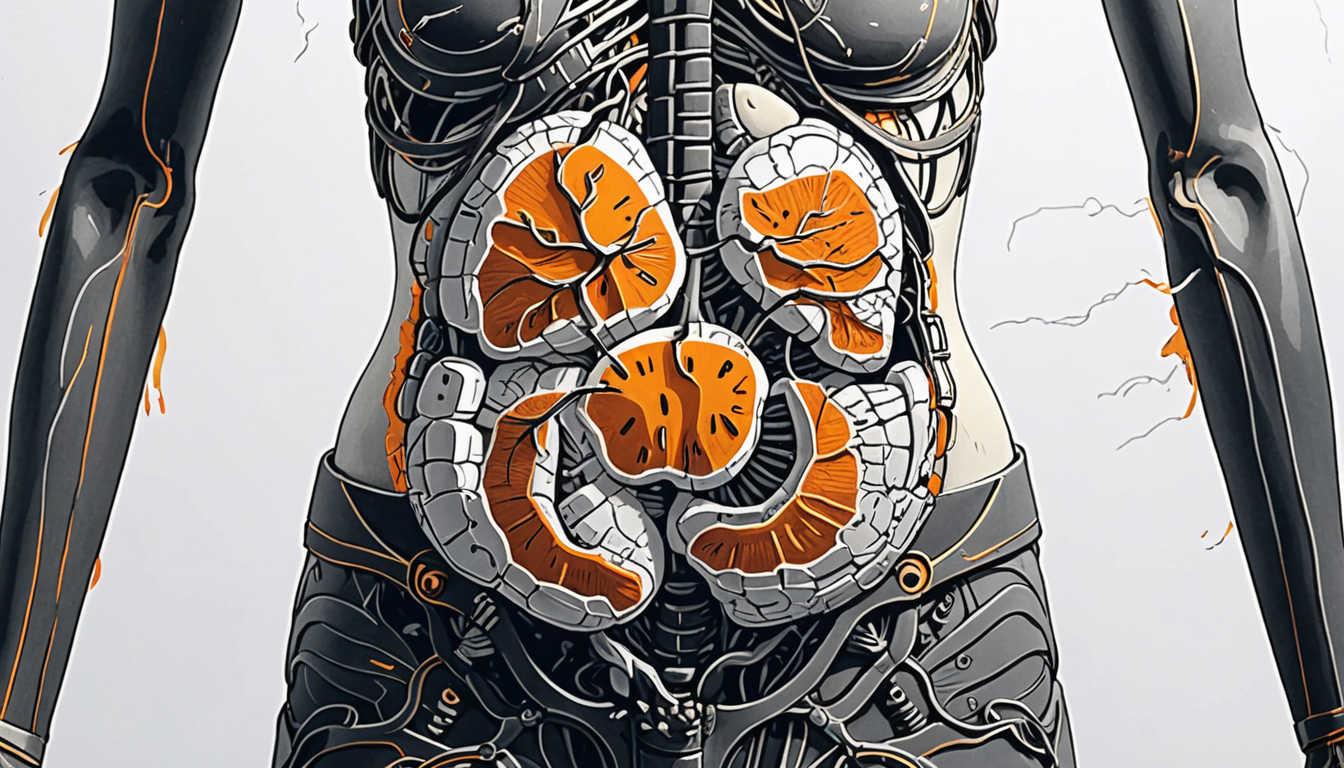Battling Bacteria: Simple Steps to Save Lives
June 2024
Berkeley Public Health
Introduction
Hey there, curious minds! Did you know that with a few simple steps, we could save over 750,000 lives each year from antimicrobial resistance (AMR)? This eye-opening article from Berkeley Public Health reveals how improving hygiene, sanitation, and access to vaccines can make a HUGE difference. Plus, it highlights the urgent need for new antibiotics and better practices to tackle this global health crisis. Dive into the full article and discover how you can be part of the solution—because every little bit counts!
READ FULL ARTICLEWhy It Matters
Discover how this topic shapes your world and future
The Battle Against Superbugs and Why It Concerns You
In our world today, a growing threat looms large - antimicrobial resistance (AMR). This issue is not just a medical concern, it is a global crisis affecting millions of lives. Each year, bacterial infections lead to about 7.7 million deaths worldwide, with a staggering 5 million caused by bacteria that have become resistant to antibiotics. Think of it this way - when we overuse or misuse antibiotics, we give bacteria a chance to evolve, making it harder to treat infections down the line. This is particularly relevant to you, as AMR threatens the effectiveness of treatments for common medical procedures and can impact the health of those close to you, such as family members and friends. By understanding AMR and supporting preventive measures like good hygiene and vaccination, you can be part of the solution to a problem that could save thousands of lives.
Speak like a Scholar
Antimicrobial Resistance (AMR)
The ability of bacteria and other microorganisms to resist the effects of medications that once killed them, making infections harder to treat.
Infection Prevention
Strategies and practices designed to prevent the spread of infections, such as hand hygiene and sterilization of medical equipment.
Sepsis
A serious condition that occurs when the body responds to an infection by damaging its own tissues, potentially leading to organ failure or death.
Public-Private Partnerships
Collaborations between government entities and private companies aimed at achieving common goals, such as developing new antibiotics and vaccines.
Vaccination
The act of introducing a vaccine to stimulate the immune system and provide protection against specific diseases.
Sustainable Development Goals (SDGs)
Global goals adopted by the United Nations to address various challenges, including health, poverty, and education, aiming to create a better future for all by 2030.
Independent Research Ideas
The Impact of Hygiene Practices on AMR
Investigate how different hand hygiene methods in healthcare settings influence the rates of infection and AMR. This could reveal actionable insights that improve patient safety.
The Role of Vaccination in Preventing AMR
Explore how specific vaccines, like those for pneumonia and RSV, contribute to reducing bacterial infections and preventing the emergence of AMR. This research could highlight the importance of childhood vaccinations.
Comparative Study of Antibiotic Usage in Humans vs. Animals
Analyze the similarities and differences in antibiotic usage practices between human healthcare and livestock farming. This could uncover patterns that contribute to AMR.
Economic Implications of AMR
Assess the financial burden caused by AMR on healthcare systems in low- and middle-income countries. Understanding these costs could influence policy decisions and funding for preventive measures.
Innovative Solutions for Antibiotic Development
Investigate new models for antibiotic development that prioritize innovation and accessibility. This could involve exploring public-private partnerships and their effectiveness in increasing access to life-saving medications.
Related Articles

Genetic Mysteries of Lupus Explained!
May 2024
UC Berkeley

Malaria's Clever Escape: The tRNA Secret
May 2024
MIT News

Conquering Chronic Inflammation: Your Health Guide
June 2024
Cornell News Highlights

Revolutionizing Vaccine Delivery: A New Era
May 2024
King's College London - News

Tailoring Treatments: The Future of Mental Health
June 2024
MIT Technology Review